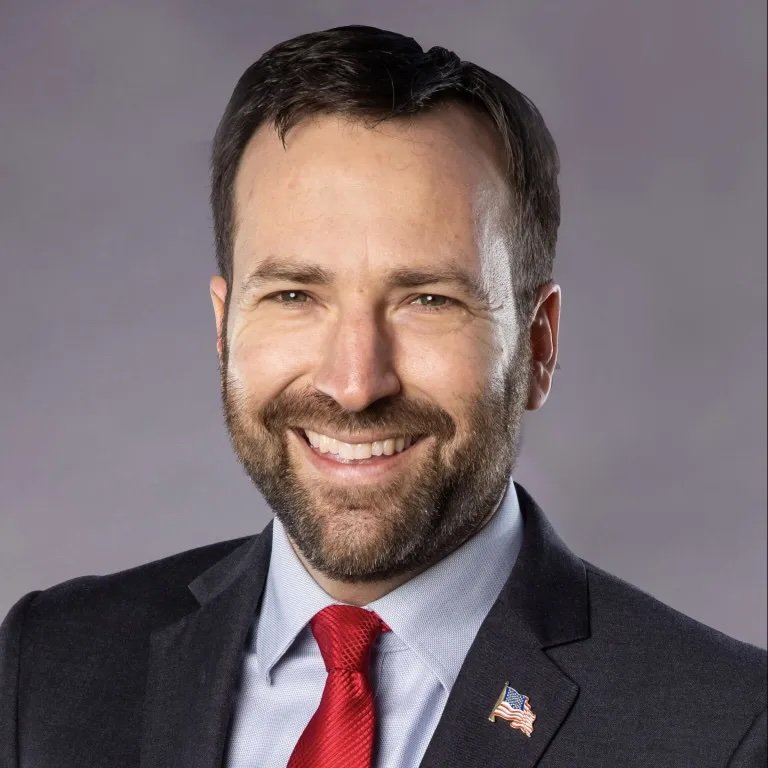
Policies > Climate Solutions > Section 4
Leveraging Federal Funding
Escalating threats posed by the climate crisis demand swift action from state and local policymakers, and an influx of substantial federal funding has created a plethora of opportunities to advance an “all of the above” strategy. It's vital to equip leaders nationwide with essential information and resources to capitalize on this moment.
Section 1:
Reducing Emissions
Section 2:
Building Resiliency
Section 3:
Fostering Widespread Support
Section 4:
Leveraging Federal Funding
Section 5:
Permitting
To dramatically reduce dirty emissions and achieve clean energy goals, state and local leaders now have new opportunities to pursue new technologies and innovations, drive sustainable practices, and enhance climate resilience. By investing in various sectors, including energy, transportation, and infrastructure, policymakers can drive sustainable economic growth, especially in underserved communities. The following are key takeaways from months of discussions with policymakers and other experts and thought leaders. Let's ensure we take full advantage of recent momentum and maximize the impact of increased federal support for a clean energy future.
Seize the Moment to Harness Federal Funding and New Programs to Advance Your Climate Goals
While the amount of funding and the number of available grants and programs may feel overwhelming, there are various resources available to help state and local leaders navigate the new opportunities. Experts recommend that policymakers assess their community’s climate goals and take full advantage of public and nonprofit resources available to them, including by working on community benefits plans. They can play a role as project developers and use their convening powers to bring together community leaders and advocate for projects that will bring real benefits to the community.
-

Colorado
Senator Chris Hansen
-

Milwaukee, WI
Mayor Cavalier Johnson
Harnessing Innovation and Emerging Technology
New federal resources are available to propel the development and deployment of cutting-edge solutions while also supporting the scaling-up of proven technologies. The funding provisions are designed to accelerate the transition to a sustainable future by incentivizing the adoption of clean energy sources, promoting energy efficiency, and advancing technologies capable of removing carbon dioxide from the atmosphere. This dual focus on innovation and proven approaches underscores the need for a comprehensive strategy to address the urgent challenges posed by climate change, while fostering a robust and resilient foundation for a greener, more sustainable future. Find additional information and guidance in the Forum’s guide on Carbon Dioxide Removal Technology.
-

North Dakota
House Minority Leader Josh Boschee
-

Colorado
Senator Chris Hansen
Cleaner Transportation and Accelerating the Transition to Electric Vehicles
As the single-largest contributor to the country's greenhouse gas emissions, cleaning up and electrifying the transportation sector is pivotal to combating climate change. State and local leaders must play a central role in effectively implementing federal funding opportunities to both support consumers and improve efficiencies, usability, and flexibility, all while ensuring that electric vehicles (EVs) are as environmentally responsible as possible. These opportunities include grants for EV infrastructure development, such as expanding access to EV chargers; substantial financial incentives for the development and adoption of electric vehicles; credits to encourage consumers to purchase electric vehicles; and research funding to advance battery technology and charging infrastructure efficiency and safety.
-

California
Senator Ben Allen
-

National
Climate Mayors’ EV Purchasing Collaborative
Cleaner, Cheaper, and More Reliable Energy
Unlocking the full potential of renewable energy demands strategic investments not only in the clean energy sector, but also in energy grid modernization and enhancements. While new federal funding is available to propel the renewable energy transition, state and local leaders will play a critical role in implementing transmission reforms for all homes and businesses. The modernization of the electric grid is critical for national resilience, ensuring a dependable and sustainable energy supply that seamlessly integrates power from new sources such as solar and wind producers. A more robust energy infrastructure will unlock economic opportunities, foster innovation, and create jobs.
-

New Hampshire
Senator Rebecca Perkins Kwoka
-

Boise, ID
Mayor Lauren McLean
Developing a Strong Workforce for the Green Economy
The Domestic Content provision of the IRA aims to help maximize the economic benefits of the transition to cleaner energy by bolstering domestic manufacturing. This strategy centers on incentivizing manufacturers through a bonus system and a comprehensive suite of clean energy tax subsidies, covering solar, offshore wind, and energy storage. These subsidies, encouraging clean energy production, offer a 30 percent credit, creating high-quality construction jobs. An extra 10 percent bonus is granted for projects utilizing domestically-sourced materials, such as iron and steel. The Domestic Content provision in the IRA has spurred new investments in every state, promising the creation of high-quality manufacturing jobs. Since President Biden signed the Inflation Reduction Act into law, companies have announced plans to build or expand 83 clean energy manufacturing facilities nationwide.
-

Michigan
Senator Sam Singh
-

New Hampshire
Senator Rebecca Perkins Kwoka
